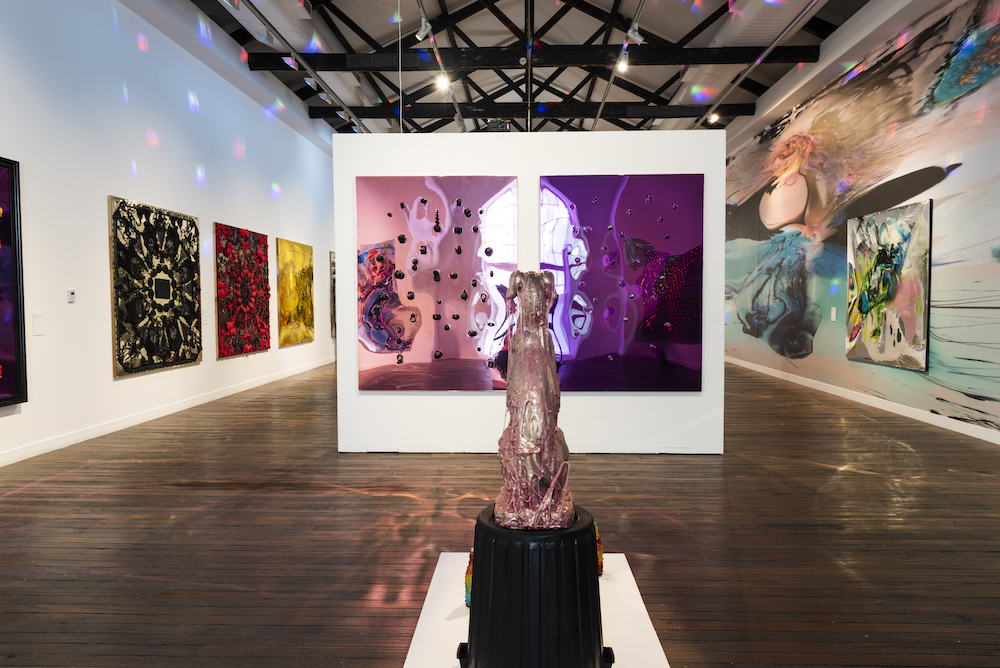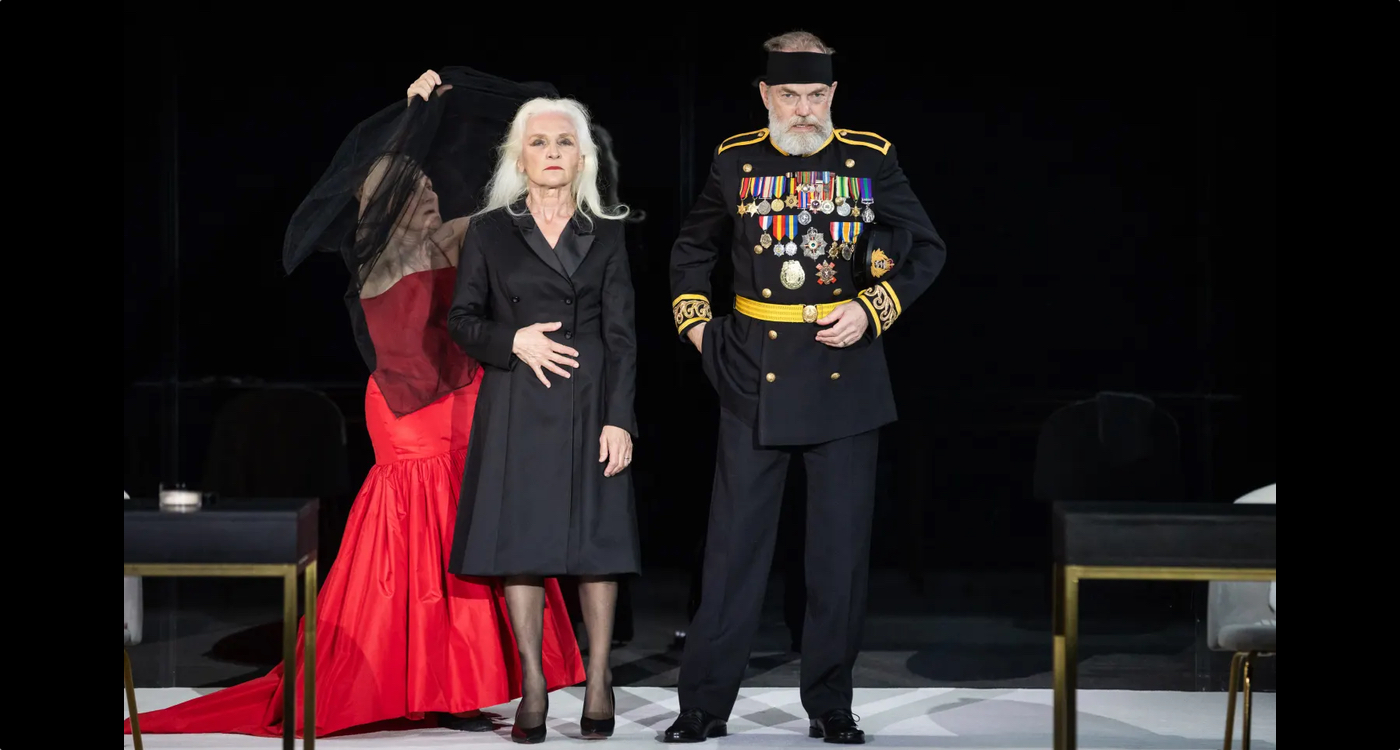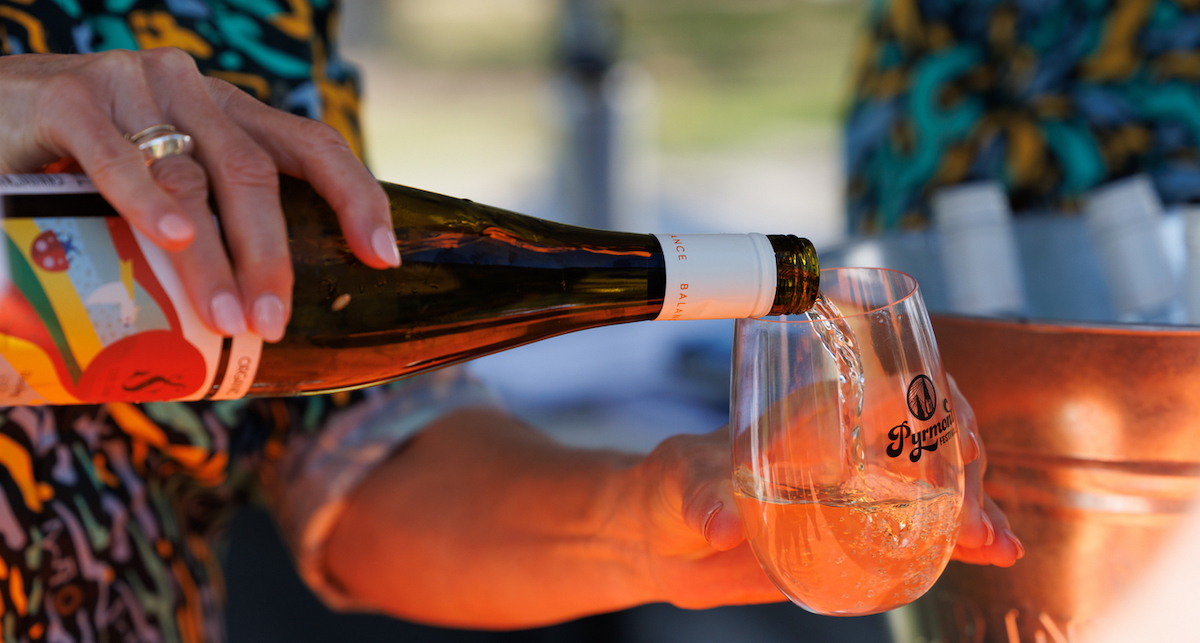
THE NAKED CITY – CULTIVATING THE URBAN ZOO

One of the great things about Sydney is the proliferation of wildlife throughout the CBD and suburbs, despite the loss of habitat in many areas. Whilst some animals have all but disappeared others are queuing up to take their place. The Eastern Quoll once roamed the bushland around Nielsen Park in Vaucluse but has not been sighted since the early 60s. On the other hand, the enigmatic brush turkey is currently encroaching on many areas in Sydney.
The ABC recently reported that “brush turkeys are heading back into urban Sydney areas in droves, according to an environmental expert, and there is not much residents can do about it.” Found along much of the East Coast of Australia, from the far north of Queensland to the NSW South Coast, the native Australia bird is currently invading the leafy backyards of Sydney’s North Shore and Northern Beaches.
Despite the threat of cats and traffic, the ultra-resilient birds who are now a protected species, are multiplying in great numbers. The male of the species is apparently particularly amorous, courting up to six females at a time, each of whom can lay up to a dozen eggs. Some residents regard them as a pest as they dig up backyards to make their large incubator nests and run amok in the veggie patch. Others are more welcoming and are happy to accommodate them with food scraps and a section of the garden in which to proliferate.
For the past year or more both lovers and haters of the cheeky gobblers have been able to access an app that allows them to report sightings for a joint research project initiated by the University of Sydney, Taronga Conservation Society and the Royal Botanic Gardens. It’s similar to other reporting apps that have encouraged Sydneysiders to help track the movement of white ibis and sulphur-crested cockatoos.
We are now well served with a brand new zoo in the western suburbs, as well as Taronga Park and boutique operations like Featherdale and the Wild Life Zoo at Darling Harbour. However, maybe the best zoo of all is happening in your own backyard, especially if you are prepared to welcome all manner of birds and critters to share your urban space.
Lots of greenery and shrubs in your garden will attract all sorts of animals, from birds and lizards, through to possums and of course those loveable brush turkeys. Whether you choose to regularly feed them is slightly contentious as some animals soon become dependent on human service rather than foraging for themselves. Possums are the classic example and if you provide them with fruit such as apples and bananas every night at sunset, they will arrive like clockwork.
If you have a domestic pet like a cat or a dog it’s a matter of managing their behaviour to ensure they stick to their Whiskas and Chum. Possums are nocturnal so no cats or dogs in the yard after dark. Keep any bird feeding stations well off the ground and right out of the reach of your stalking moggie.
Even if you live in an apartment, your balcony can quickly become an attractive haven for birds like rainbow lorikeets and cockatoos. There are of course strata committees that don’t like you feeding native birds – lorikeets can be noisy and cockatoos can sometimes go on a destructive rampage, gnawing away at windowsills and ripping up roof insulation. Nevertheless, you can always do things in a clandestine way, waiting until the apartment ‘police’ have disappeared for the morning before you bring out the avian treats.
One note of caution. It’s been reported that the super randy male brush turkey has been observed invading suburban chook pens and engaging in a bit of unwelcome rumpy-pumpy with the hens. Scientist don’t believe this cross-species flirtation might actually produce any offspring but you could end up with fewer eggs and some really pissed off hens!









